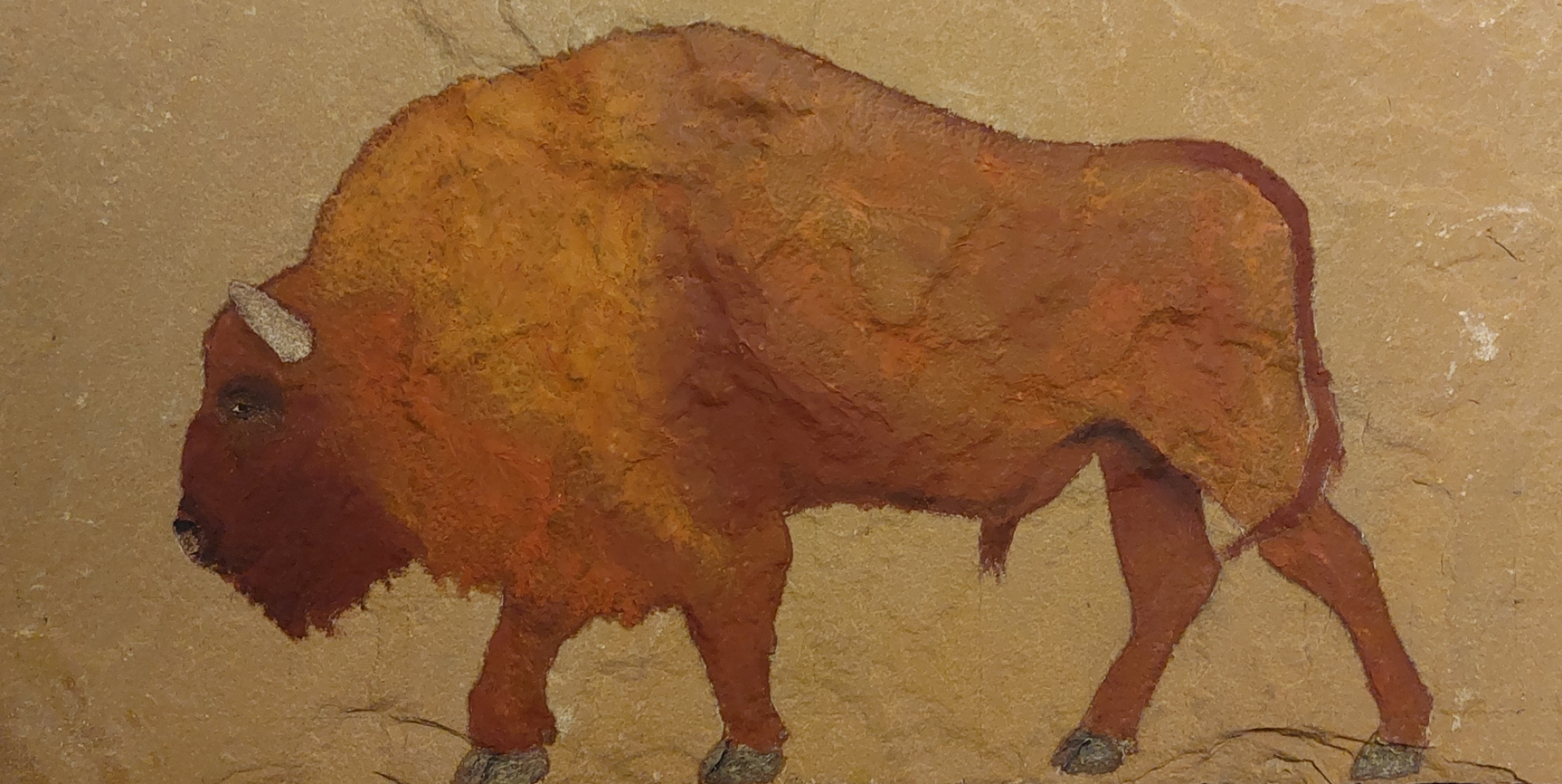That famous field where nodding poppies sway
In sunlit grass, where Souls of all the good
Spend sweet Eternity in dance and play
And with the gods, take Beauty as their food
Upon the isle across the sea
That circles all the mortal world
With misty waters like a castle moat –
How like must that famed meadow be
To these fair fields where late I’ve strolled
These hills and lanes, these woods, this very spot!
Was it vain pomp or blind naïveté
That made the folk of ancient Egypt style
Their image of divine Eternity
Upon their earthly land astride the Nile?
Where they might hunt in starry creeks
Beside the starry waterway
Or find in starry gardens sweet, cool shade?
Or likewise made the clan of Greeks
Use Grecian fields where grasses sway
As models for their paradisal glade?
But no, let neither supposition stand
I say, that it was rather that they paid
The greatest compliment to their dear land
When seeing Beauty there, “Divine!” they said
And so to English Summer Time
Such compliment I wish to pay
As will the praise of those old pagans match
The heaven forming in my mind
The isle to which I’ll cross one day
Has village greens and homes with roofs of thatch.
What’s Freyja’s meadow Folkvang after all
Where valkyries take half the great and best
If not the field with rushes growing tall
Where Hathor greets arrivals in the West?
And what’s that place where Arthur dwells
Where all of Nature’s fruitful gifts
The generous soil untended freely yields –
That apple isle, which by their spells
Nine sisters shroud in faery mists –
What’s Avalon if not the Elysian Fields?

